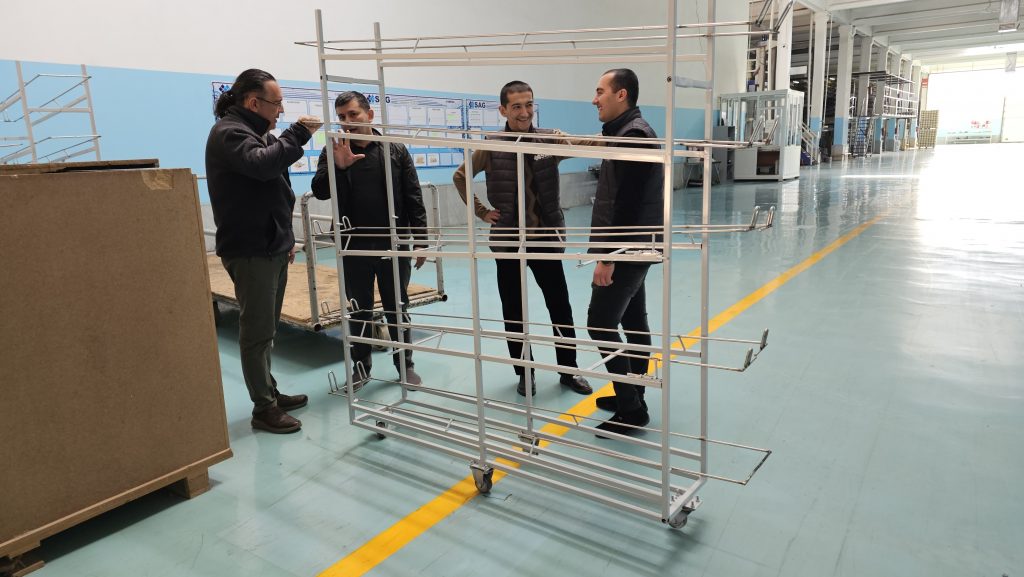
BEGINNING: RECOGNIZING THE NEED FOR CHANGE
In July 2023, SAG Gılamları embarked on a lean transformation journey to gain deeper insights into the challenges faced in production efficiency and to develop lasting solutions. This decision was driven not only by the need for operational improvements but also by the desire for a mindset shift.
The management aimed to establish a culture driven by a vision of shorter delivery times, high quality, minimal losses, and more efficient teamwork. Embracing the principle “No problem = Big problem,” they sought to foster a culture where problems are openly discussed and proactively solved.
In July 2023, SAG Gılamları embarked on a lean transformation journey to gain deeper insights into the challenges faced in production efficiency and to develop lasting solutions. This decision was driven not only by the need for operational improvements but also by the desire for a mindset shift.
The management aimed to establish a culture driven by a vision of shorter delivery times, high quality, minimal losses, and more efficient teamwork. Embracing the principle “No problem = Big problem,” they sought to foster a culture where problems are openly discussed and proactively solved.
Lean consultants Mr. Cezmi and Şenel Büber were assigned to jointly lead this journey. Their first observations were quite clear: “The current system had high potential, but it lacked a structured and systematic approach.”
FIRST STEPS: OBSERVATION, TRAINING, AND DAILY FOLLOW-UP
The initial phase began with visits to the production floor. During Gemba walks, the most noticeable gap was the underdeveloped culture of systematic measurement and problem-solving. In response, a Kaizen Office was established, Gemba boards were set up, and daily goal tracking with employees was initiated. With foundational training, the excitement within the teams grew. The feeling of “We can actually change things” gradually began to take root. Each small improvement was implemented with the contribution of employees.
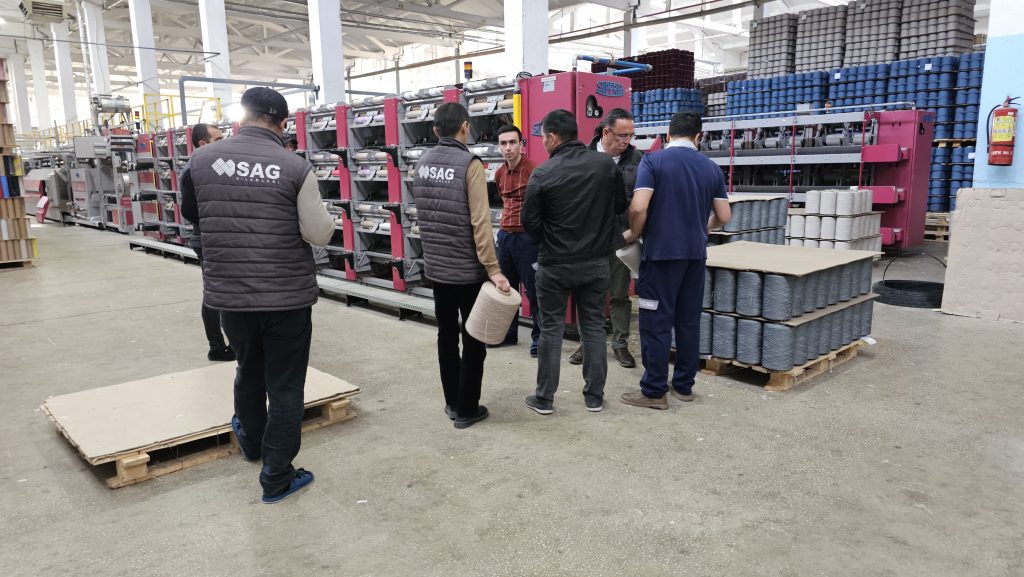
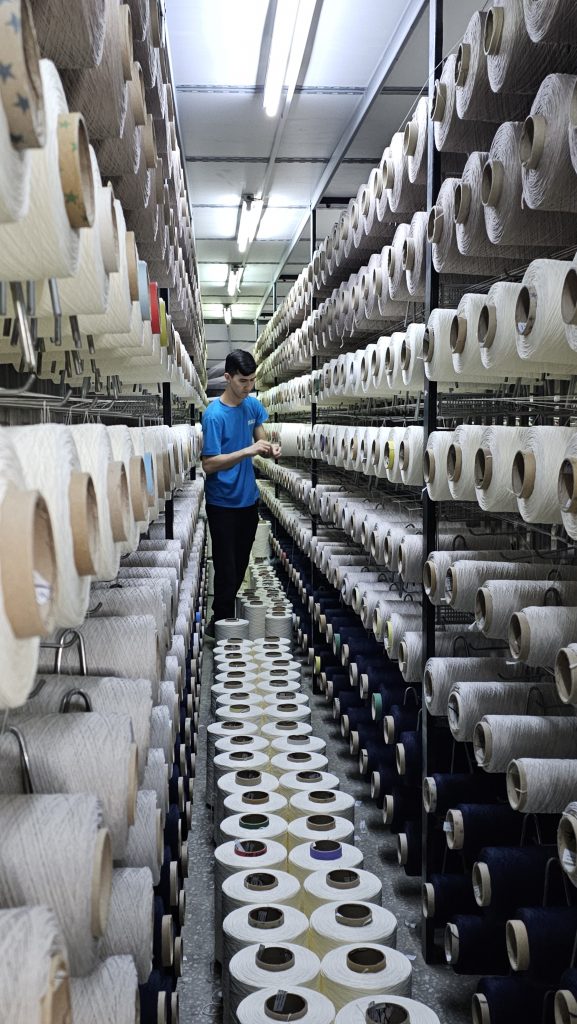
TOUCHING THE PROCESSES: WINDING, MAINTENANCE, SETUP, ROPE CHANGE
One of the most striking improvements took place in the Winding (Motalka) department. The operational steps of each operator were analyzed. It was discovered that some operators were 30% slower than others. Through training, standard work development, and motivational support, the average output increased significantly.
The rope change time was reduced from 38 seconds to 18 seconds. Transport time was cut from 12 minutes to 3 minutes. The knotting process was redesigned. As a result of all these improvements, hundreds of thousands of minutes were saved annually. The increase in efficiency translated into $180,000 in labor savings.
In maintenance processes, autonomous maintenance and TPM (Total Productive Maintenance) principles were widely adopted. The core message became: “If you don’t maintain, you can’t plan production.”
MINDSET SHIFT
Perhaps the most critical change occurred here. Team leaders who once said, “We’ve tried this before,” started saying, “This time, we’re the difference-makers.” Kaizen Office employees were no longer just data collectors—they became solution developers.
A new awareness emerged—one that questioned the reasons behind the data,
discussed insights with operators, and guided the maintenance team. This shift reflected not only technical progress but also the growth of leadership capabilities.
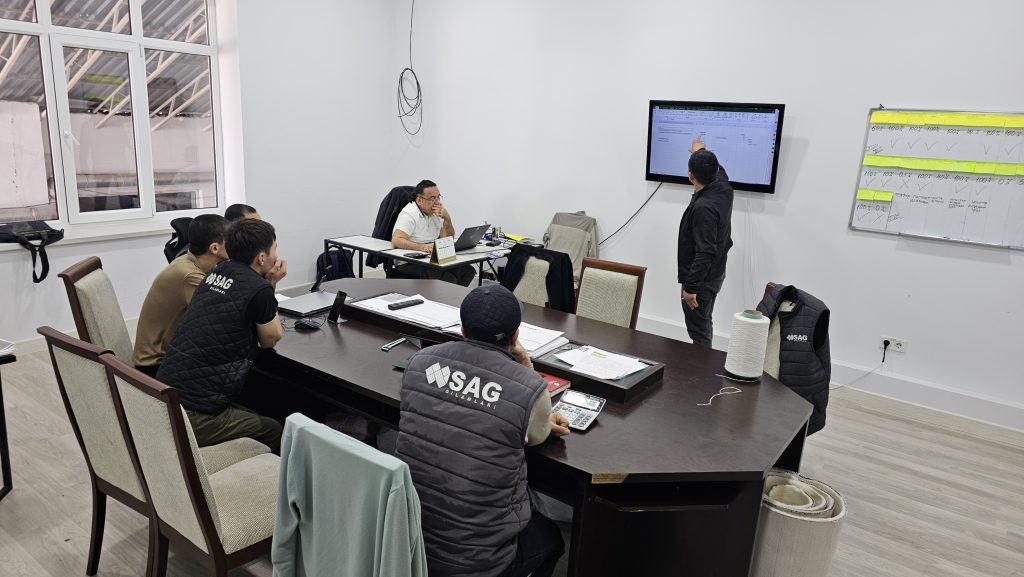
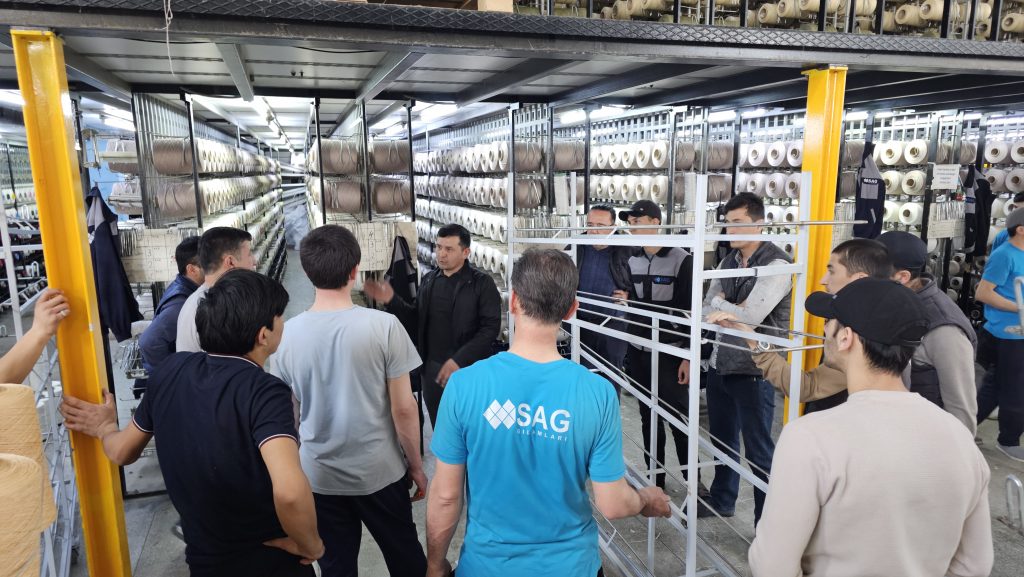
CONCLUSION: CONTINUOUS IMPROVEMENT AS A WAY OF LIFE
Today at SAG Gılamları, a suggestion from a worker who ties thousands of knots daily is valued; the system gives advance warnings when maintenance is due; and the question “How can we do this better?” during rope changes has become second nature.
Lean transformation is no longer just a project—it’s a reflex. Teams now not only see problems but also produce solutions. Mindset, process, and outcome are now aligned on the same track.
This is the story of a factory that transformed not only its machines, but also its way of thinking.
“Lean transformation is not a destination—it’s a journey. SAG has found its direction and has started to walk the path.”

